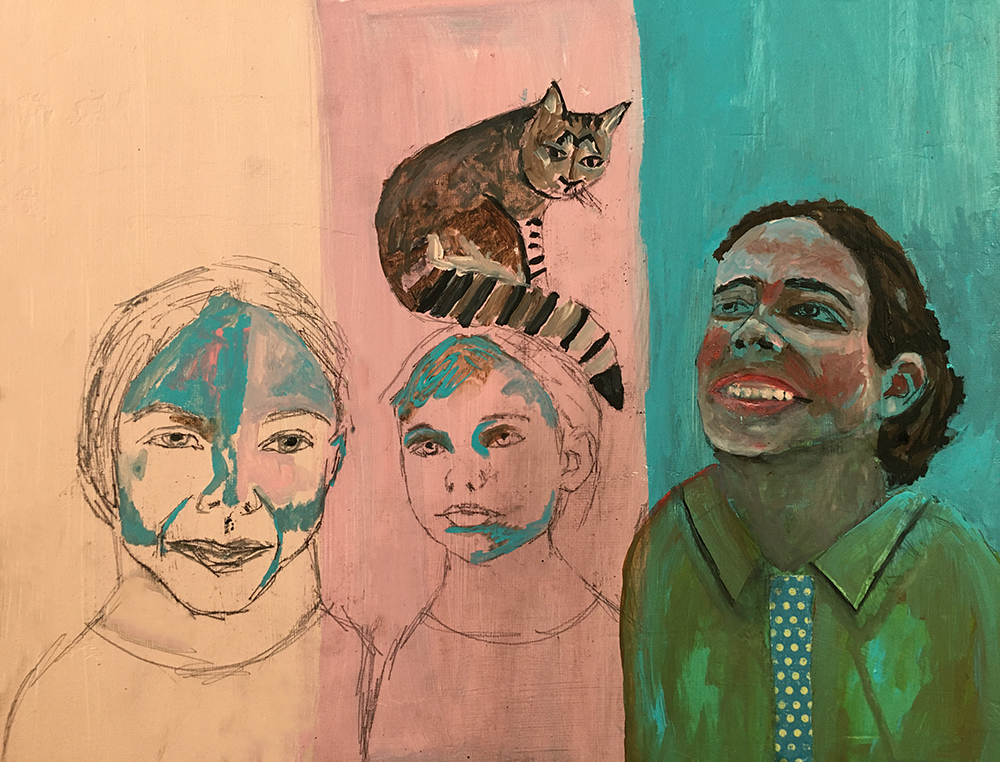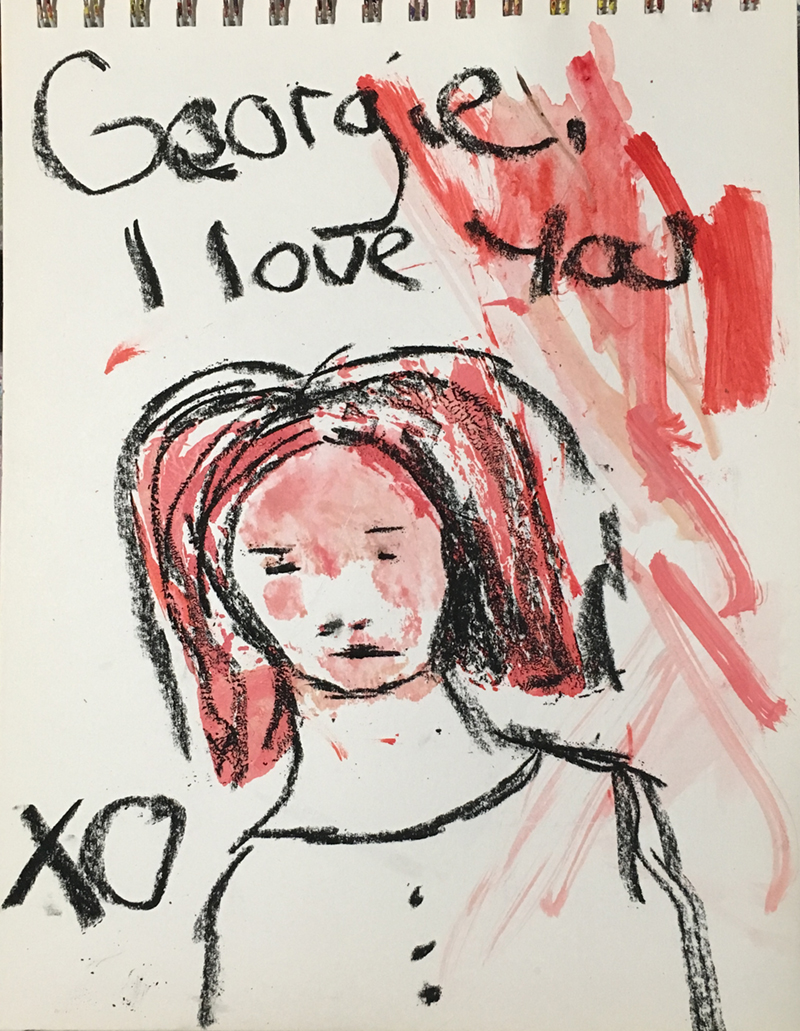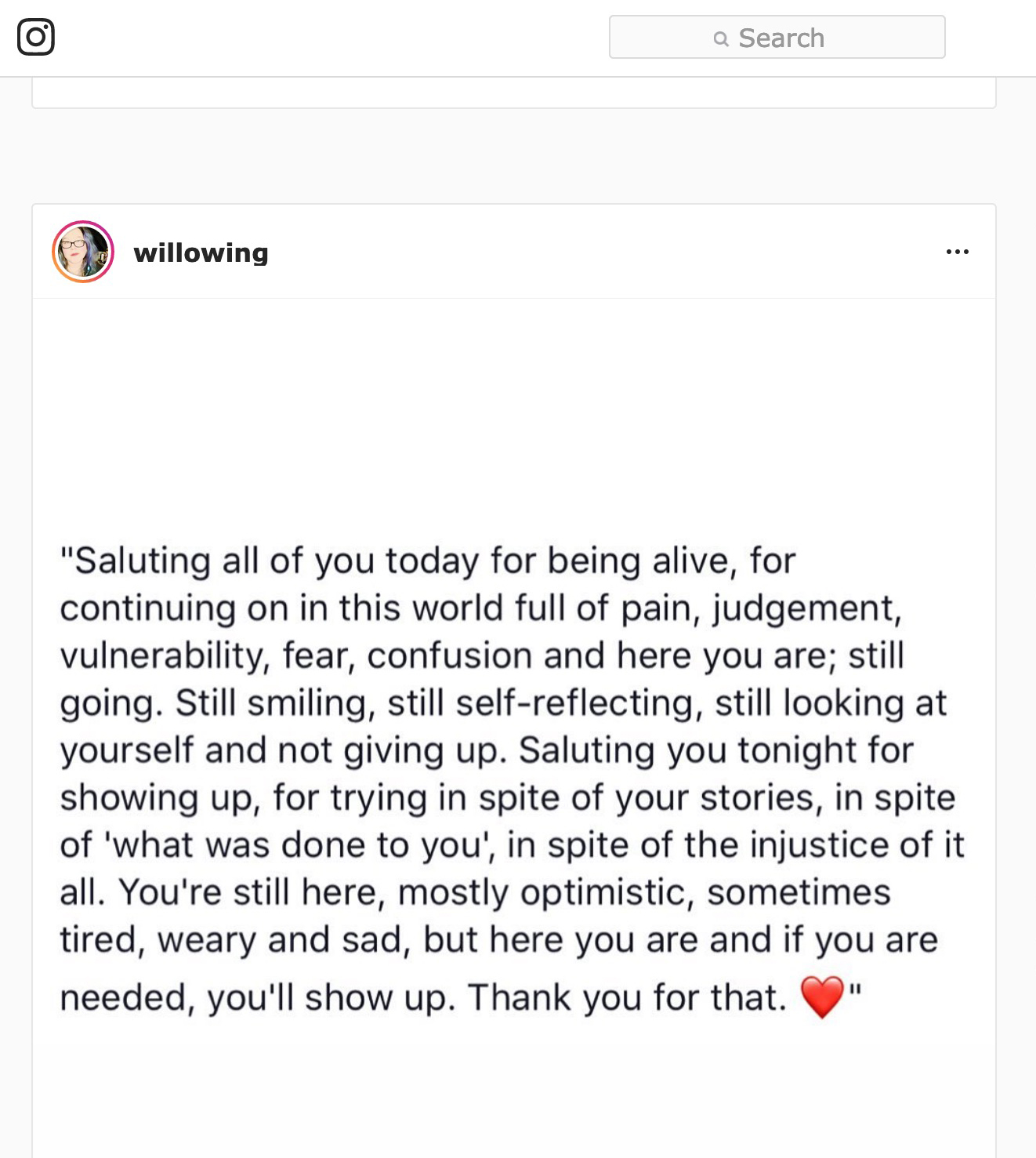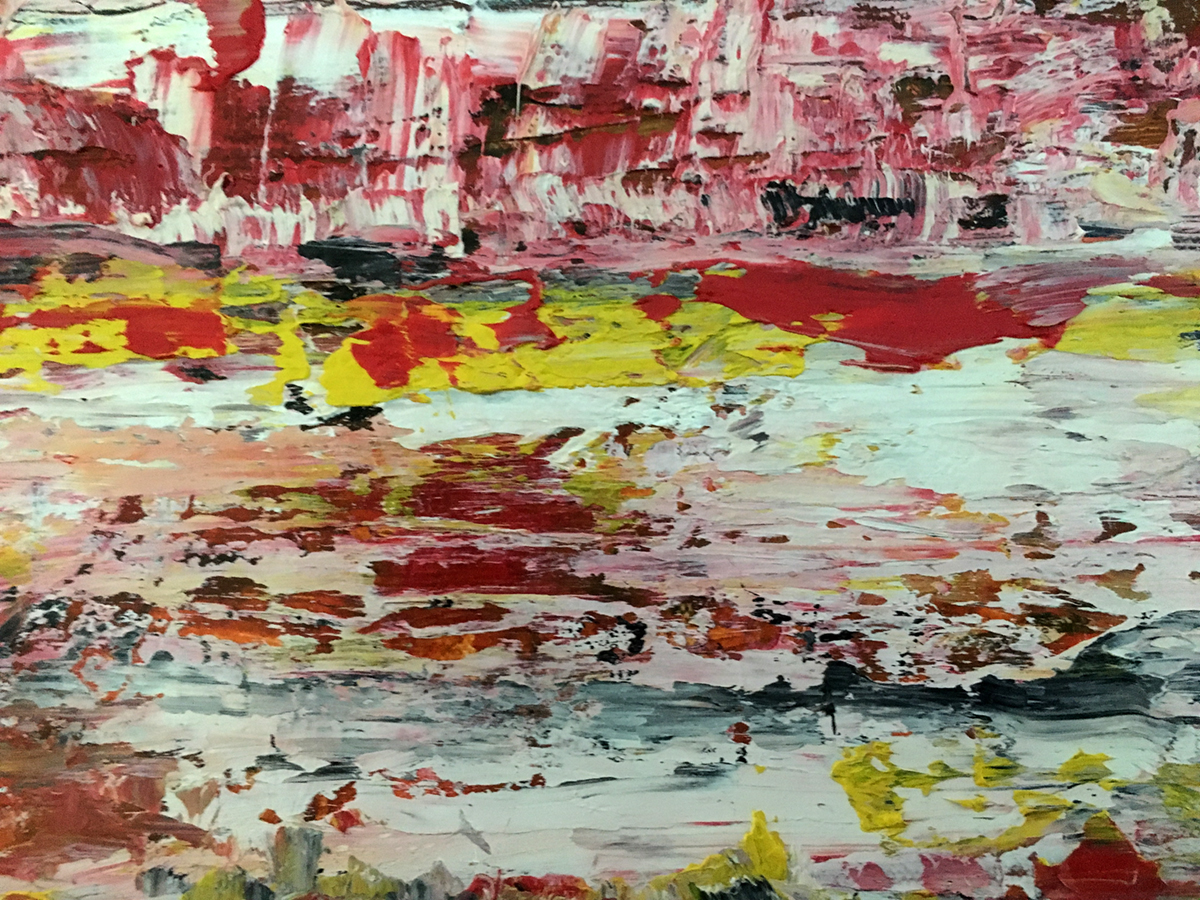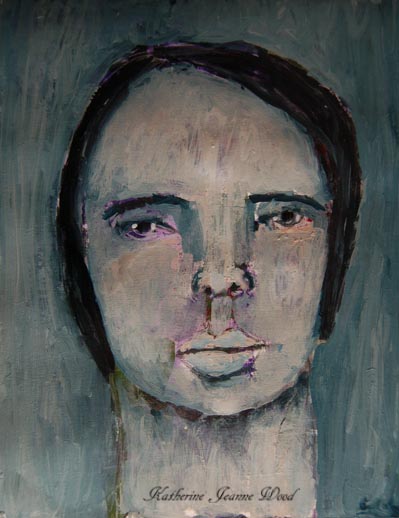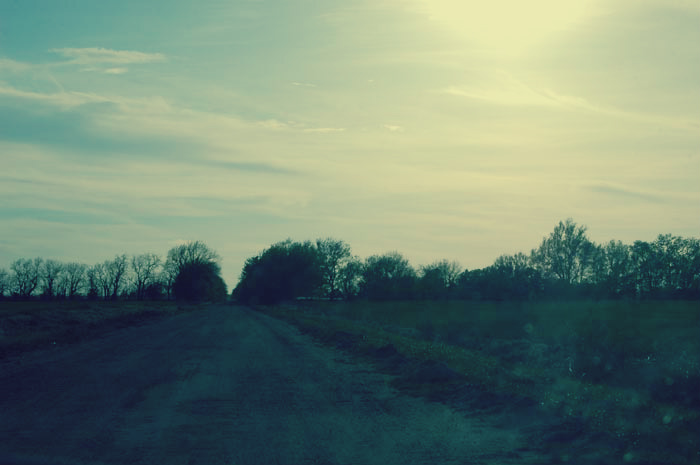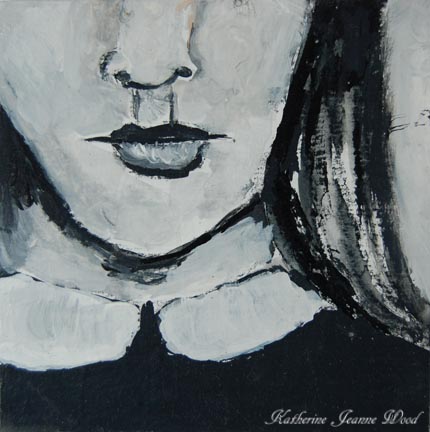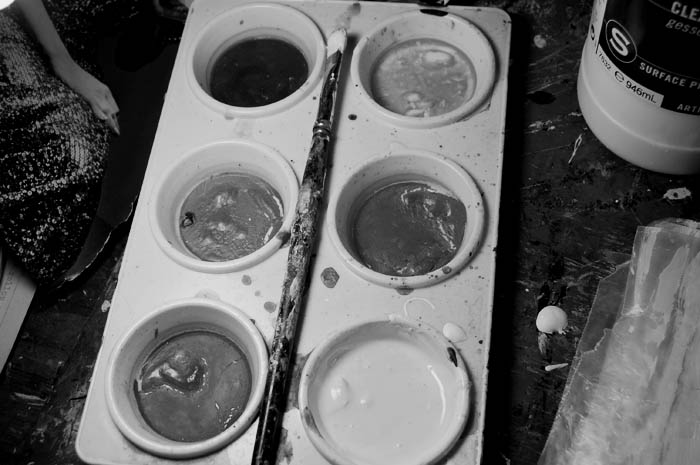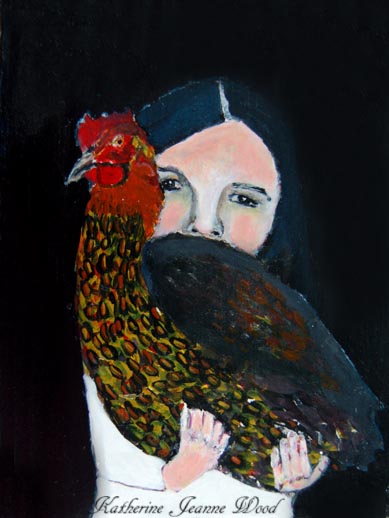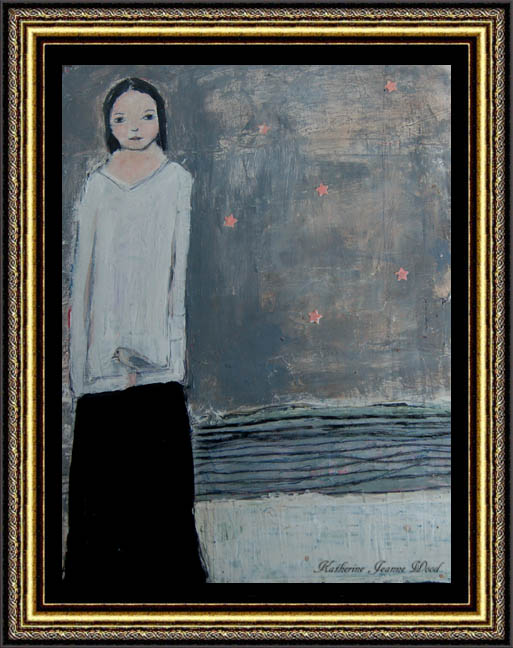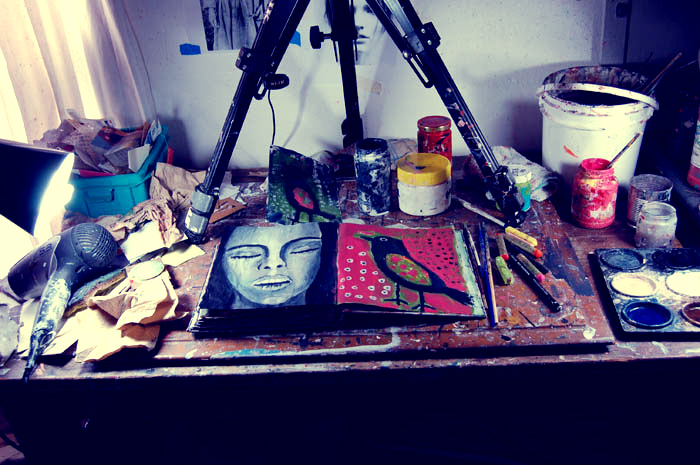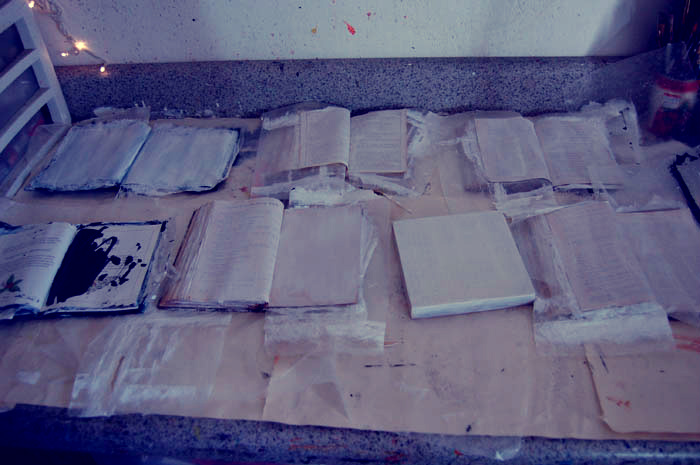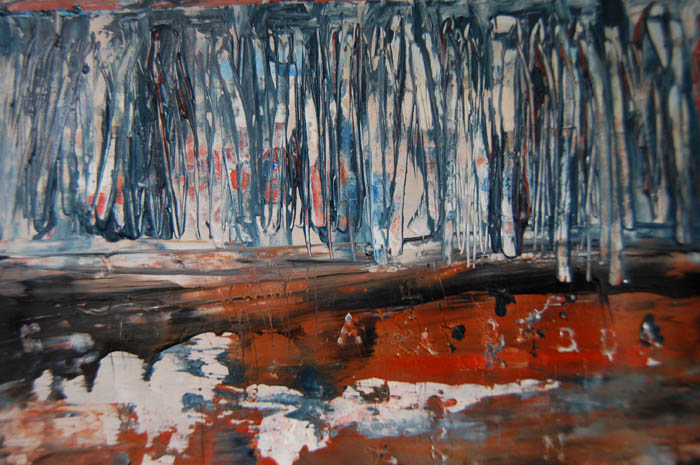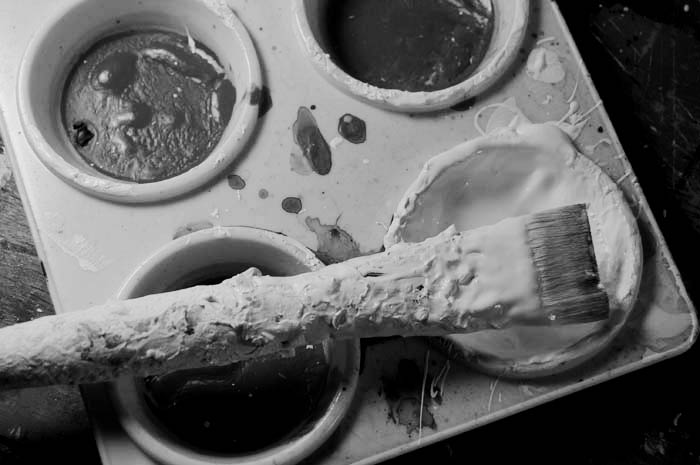Last week I watched this Youtube video – WORST Painting Supplies! Don’t Waste Your $!!!! and I thought I’d share whether I agree or disagree with their views. I recommend watching the video first. The rest of this post are my thoughts & opinions about what they said in the video.
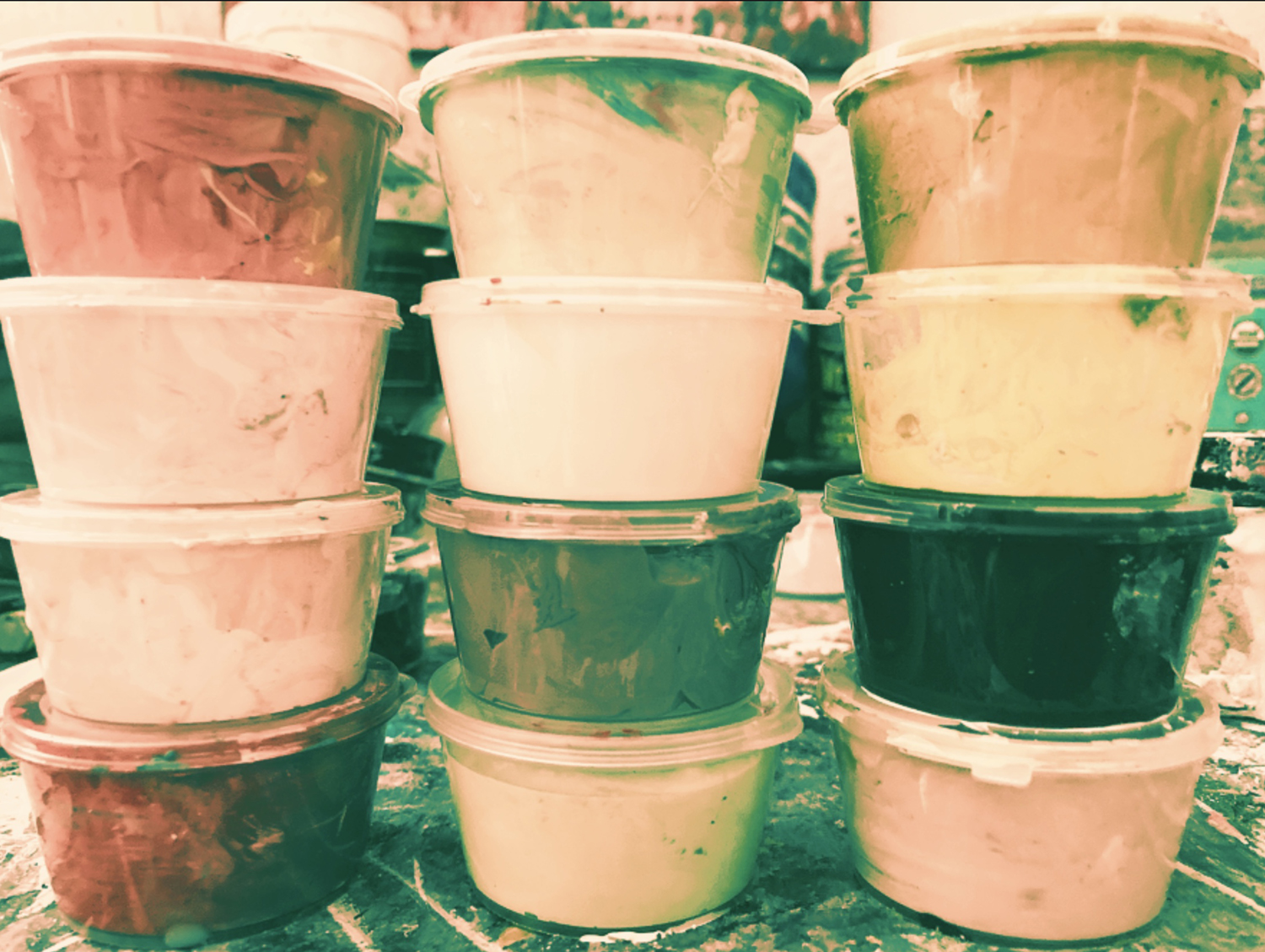 acrylic paint I mixed into little pots
acrylic paint I mixed into little pots
I agree with what they said about fluorescent paint. It’s horrible to paint with, and not lightfast. I bought some years ago – before I knew how quickly the colors fade, only used it once or twice.
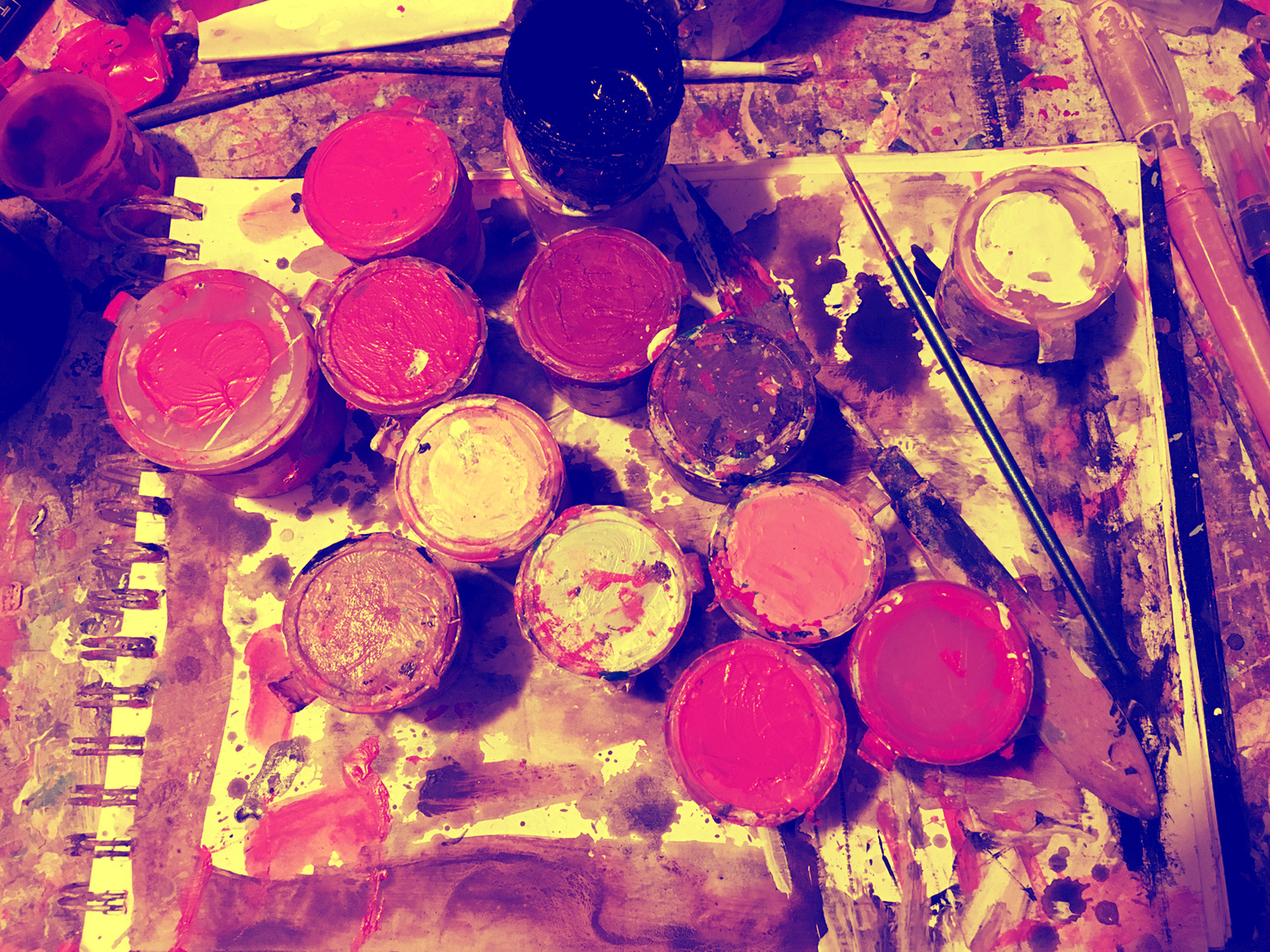
I’ve never used paper paint cups, never heard of them until now. It does seem wasteful. I can see where the paper cups could be used in a one time class setting or something, but I wouldn’t buy them for daily studio work.
I prefer condiment or paint cups, also. Mine have lids, and are reusable. I mix enough paint to use for a few days or weeks at a time, so I don’t have to stop painting to mix more. The paint does dry out and harden in them over time, but that’s to be expected.
FYI, you shouldn’t use plastic cups to store oil paint.
I’ve never bought stretcher bars. I’m far too lazy to make my own canvas. It always seemed work intensive, not to mention more expensive to stretch my own canvas.

I prefer the museum quality splined canvas. It’s heavy duty with extra wood in the frame to keep it from warping. I could never make a canvas this good, and I don’t even want to try.

found on Google
I’ve never used a wooden paint palette. I’ve seen artists use them, but the thought of mixing new oil paint on top of old lumpy paint doesn’t appeal to me.
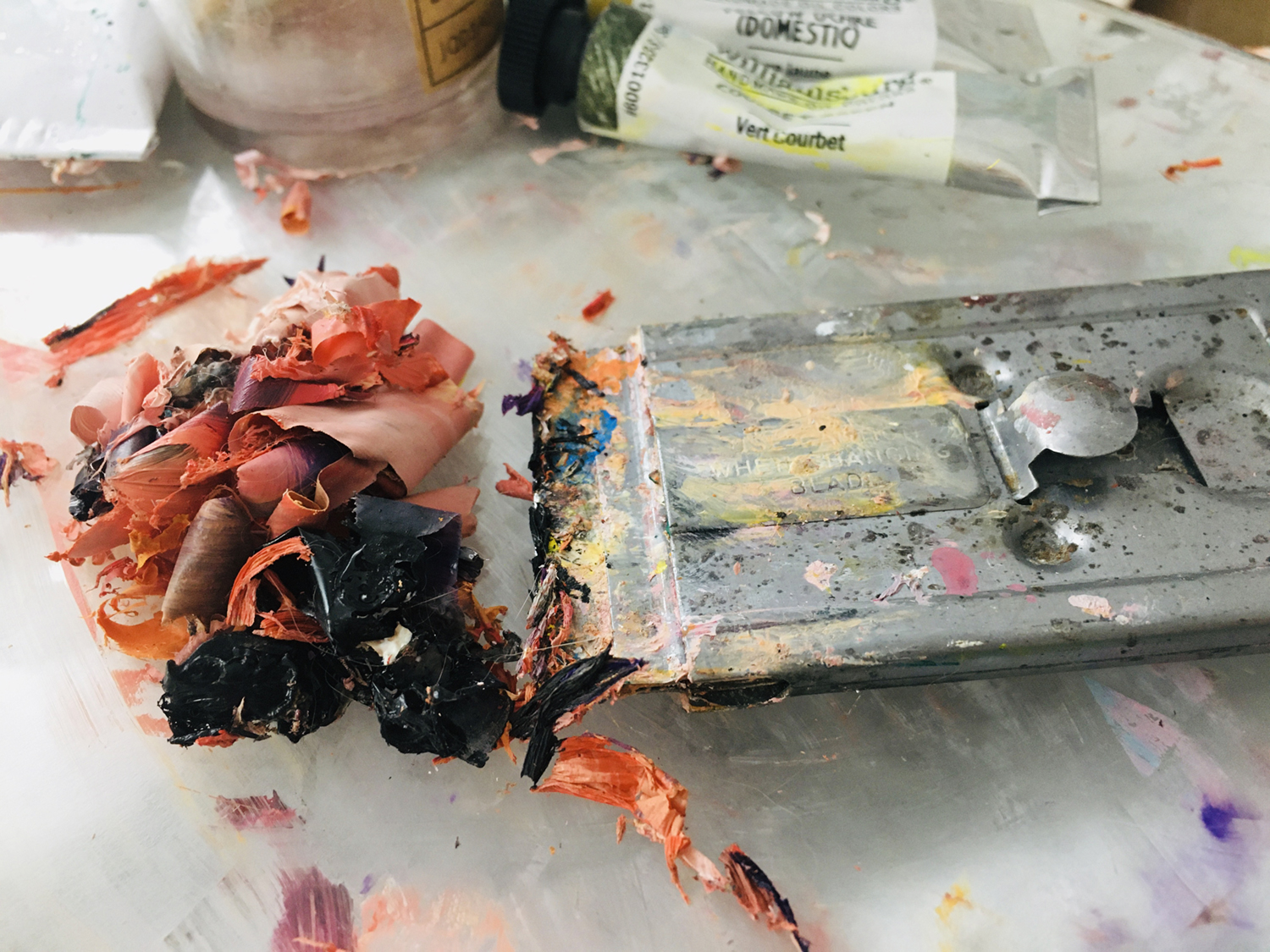
I like starting with a clean fresh palette, so I use a glass kitchen cutting board for oils. I scrape the old oil paint off before I use it, and it’s good as new. I haven’t tried this with acrylics, so I don’t know if they’d stick to the glass or not?

Although I mostly use Gamblin and Williamsburg Handmade Oils (my absolute favorite, but cost a lot more than other oils), I do have Winsor Newton “hue” oil paints in a couple colors. Hues definitely are a far less expensive, safer option.
Artist Qiang Huang no longer uses cads because he got very ill, and ever since then I’ve done a little reading about cadmium in paint. It’s pretty frightening. I use gloves now when I work. Sweaty, and as annoying as they are, it’s better than the alternative. I’ll most likely buy more “hues” in the future…if I ever get back into oil painting.
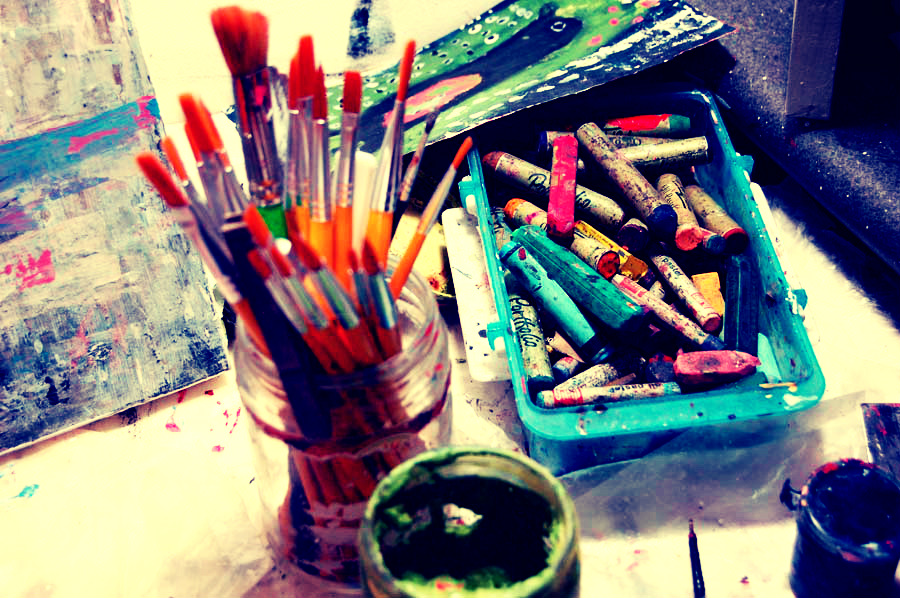
I don’t use a brush organizer. I agree, it would be a pain in the neck to put them all back. Any old container from the recycle bin will work fine. I can see where you might use an organizer if you’re into plein air painting or traveling with brushes, tho.
I have used fan brushes – not a lot, but a couple times for painting fur on commissioned pet portraits.

I prefer the metal palette knives when I’m painting, and I agree there’s more flexibility. The plastic ones snap easily with any pressure. The metal ones break, also, but some of these knives I’ve had for 10 years or more. You get more mileage out of the metal ones.
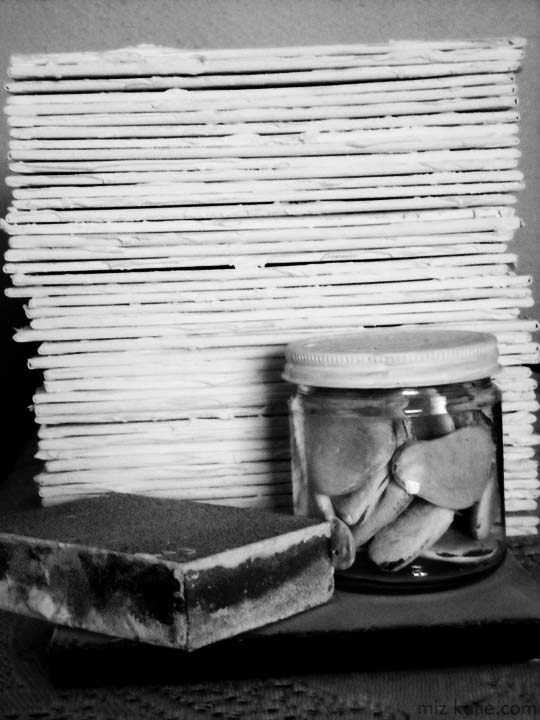
I agree, and disagree with their opinion about canvas board. I’ve used canvas boards for years, and I now prefer them over stretched canvas because they’re easier to store. Canvas takes up A LOT of space.
I agree that the surface isn’t the best on canvas boards. It’s quite coarse, but you can prep the boards with molding or modeling paste, let dry, and sand it to make the surface smooth. Lately, I’ve been skipping the prep work because it is time consuming, and I’ve been learning to deal with the canvas board surfaces as is. I don’t love it, but not having to spend a couple extra days doing prep work cuts down on my work load. It also cuts down on my cost of materials, which I think we’re all trying to do these days.
Canvas boards can warp a little sometimes, but I’ve only had it happen a time or two. I’ve actually had more issues with canvas, and hardboard panels warping than canvas board.
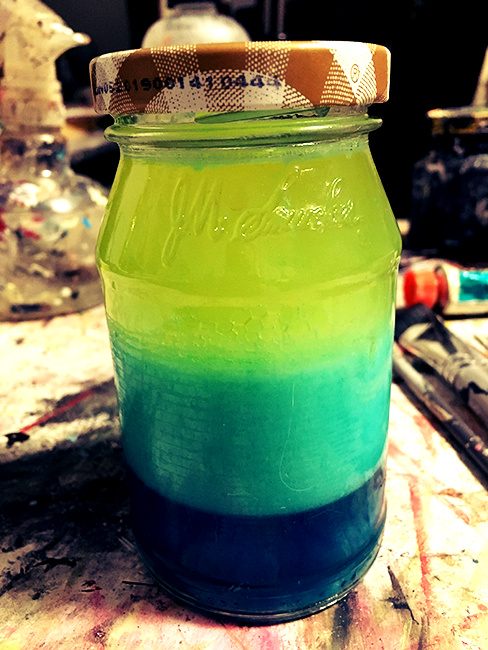
I don’t buy Master’s brush cleaner anymore. I agree that it’s expensive, and you don’t need it. When I started using oil paints about 15 or 20 years ago, I thought I HAD to buy harsh smelly mediums to clean my oil brushes, like turp or linseed oil – which is highly combustible. I was always paranoid that I’d forget to put my rags in water at the end of the day, which, of course, I did a couple times.
It made me not want to paint with oils, so I went from linseed to the safer lemon scented natural turp, which was okay. I just didn’t like the thought of having a jar of it sitting on my work table around my cats. They are very sensitive creatures, and kidney failure is no joke. So, then I moved to odorless spirits, but just because you can’t smell something, doesn’t mean it’s not harmful. Then I found Master’s soap, and used it for many years.
I stopped using Master’s when I realized you can easily make your own brush cleaner out of dish soap..just squirt a bit into a small container, add a little olive oil (or whatever kitchen oil you have), and you’re good to go. If you don’t have kitchen oil, just use dish soap.
I’ve also used Murphy’s oil soap, a regular bar of bath soap (waaay cheaper than Master’s), and Burt’s Bees shampoo…basically whatever I had on hand at the time. It all worked fine. I’ve never had an oil brush harden up using any of this stuff, and I’ve experimented with several different soaps over the years.
Acrylic painting brush tip: If you forget to clean a brush and the paint hardens, sometimes soaking it for a couple days in rubbing alcohol works.
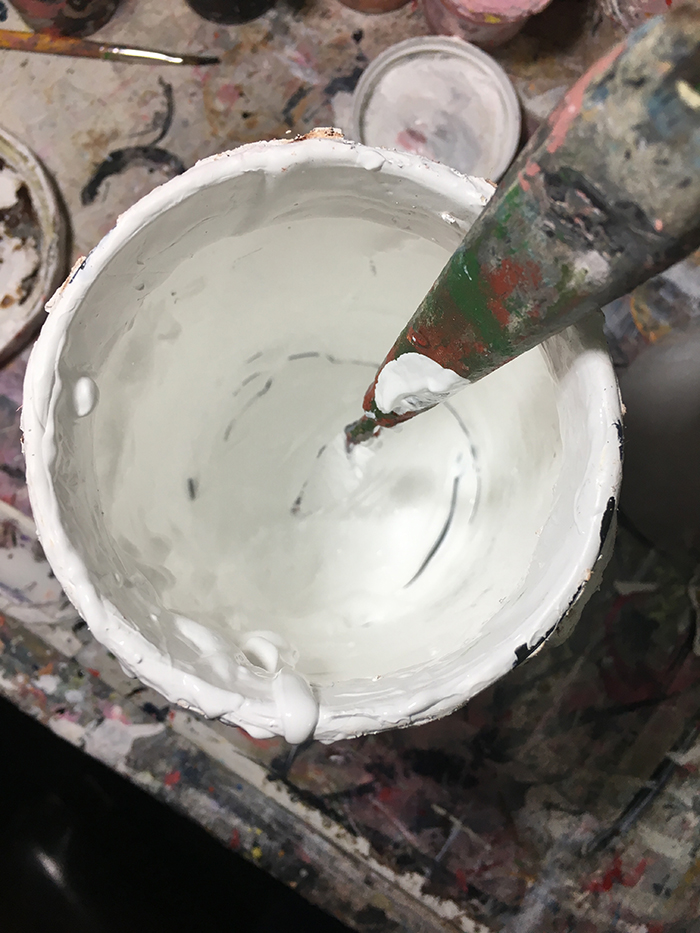
I have bought gallons of student grade gesso over the years. Some of the student grade Blick gessoes I’ve tried were watery, and almost slimy feeling on my brush. It took more coats to cover the canvas, so I wasn’t saving any money in the long run.
The Sargent’s brand is the absolute WORST gesso I’ve ever tried. Some artists were saying the paint was peeling off their canvas after using it. It didn’t happen to me, but it’s very thin, watery, and doesn’t cover the cover the surface at all. It’s like trying to cover your canvas with coconut milk. I used it once, and it’s been sitting in my studio waiting for me to throw it out ever since.
I prefer Blick’s Master artist quality gesso because the consistency is better. However, the price has doubled in cost recently, so I don’t use it anymore. The cheapest option I’ve found is making my own gesso. It cuts the cost in half.
I don’t like Reeves art supplies. I’ve tried the oil paints, and a couple other things, years ago. It all ended up in the garbage. I don’t recommend.
I use plastic tacks. Not sure if I’d consider them an art supply, tho.
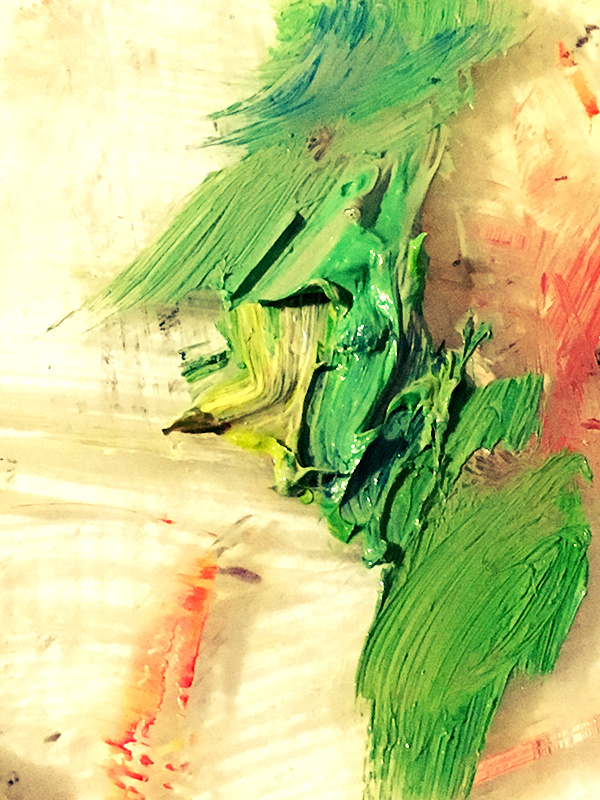
I’ve never used disposable palettes. Again, I’m not into buying art supplies that end up in the garbage after one use, and require replacing. Art supplies are expensive, so I buy with longevity in mind. Years ago, I bought a “peel-able” plastic palette, but it’s not that great (paint definitely sticks to it), and wasn’t worth the money.
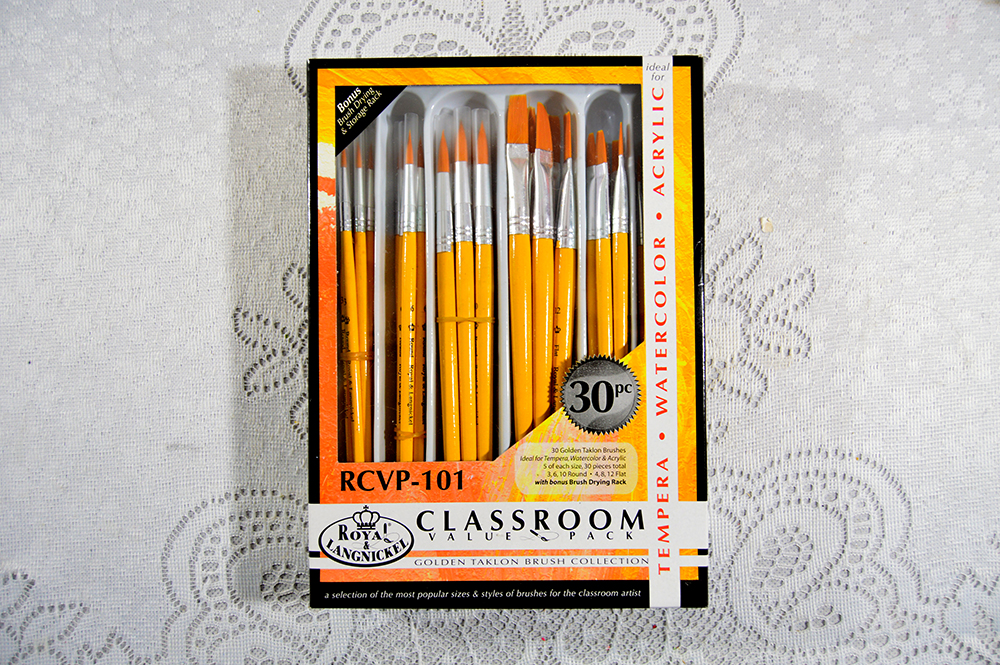
I buy the cheapest brushes I can find, usually in large packs. You can find this set on Dick Blick for $17.79. I’ve bought expensive brushes before (NOT $800 expensive) but I didn’t find it made much difference. At the end of the day, it’s still just a paint brush, and the bristles will eventually fall out. Or you’ll forget to clean your brush, and the paint will harden. I think the highest priced brush I’ve bought was $40. I didn’t think it was worth the price, and wouldn’t purchase again.
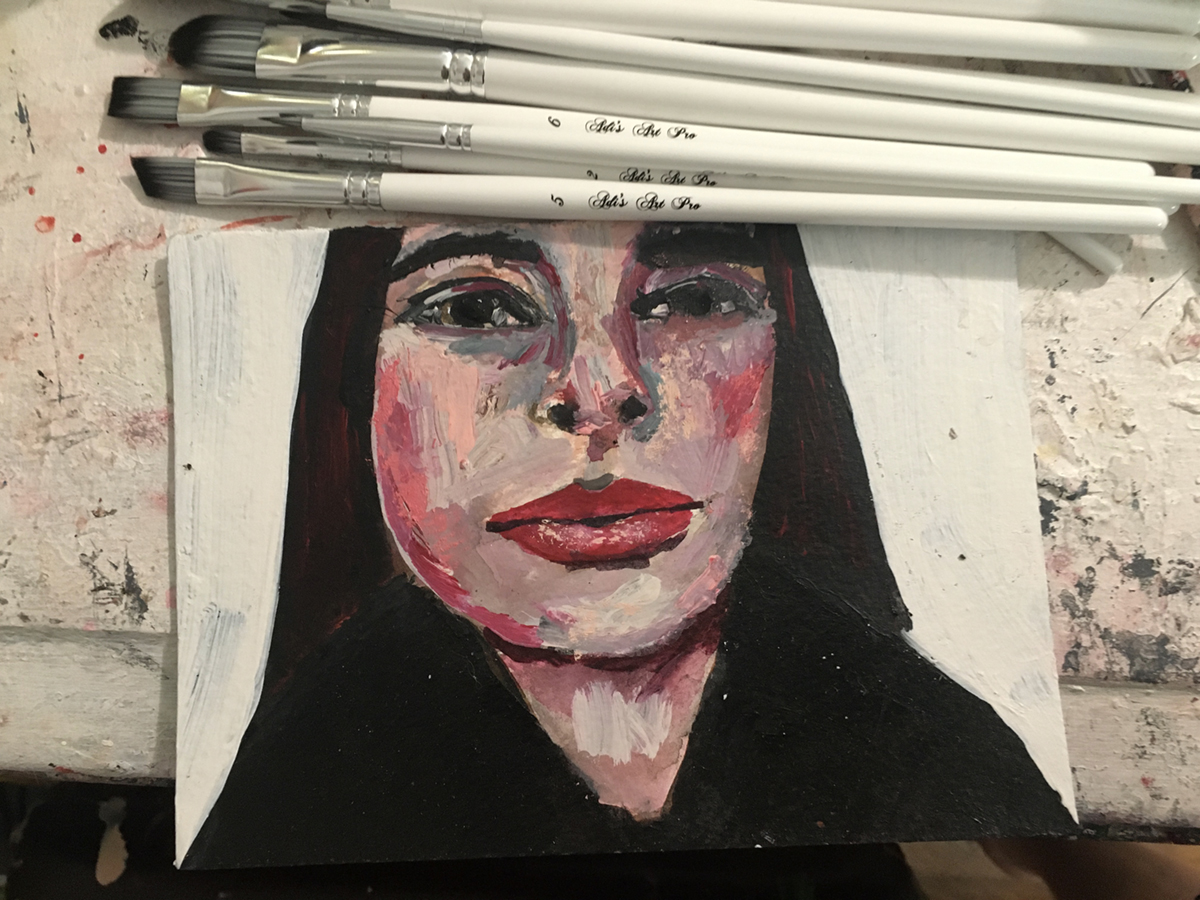 These Adi’s Art Pro brushes are nice.
These Adi’s Art Pro brushes are nice.
According to Amazon, I bought them in 2018,
and I still use them.
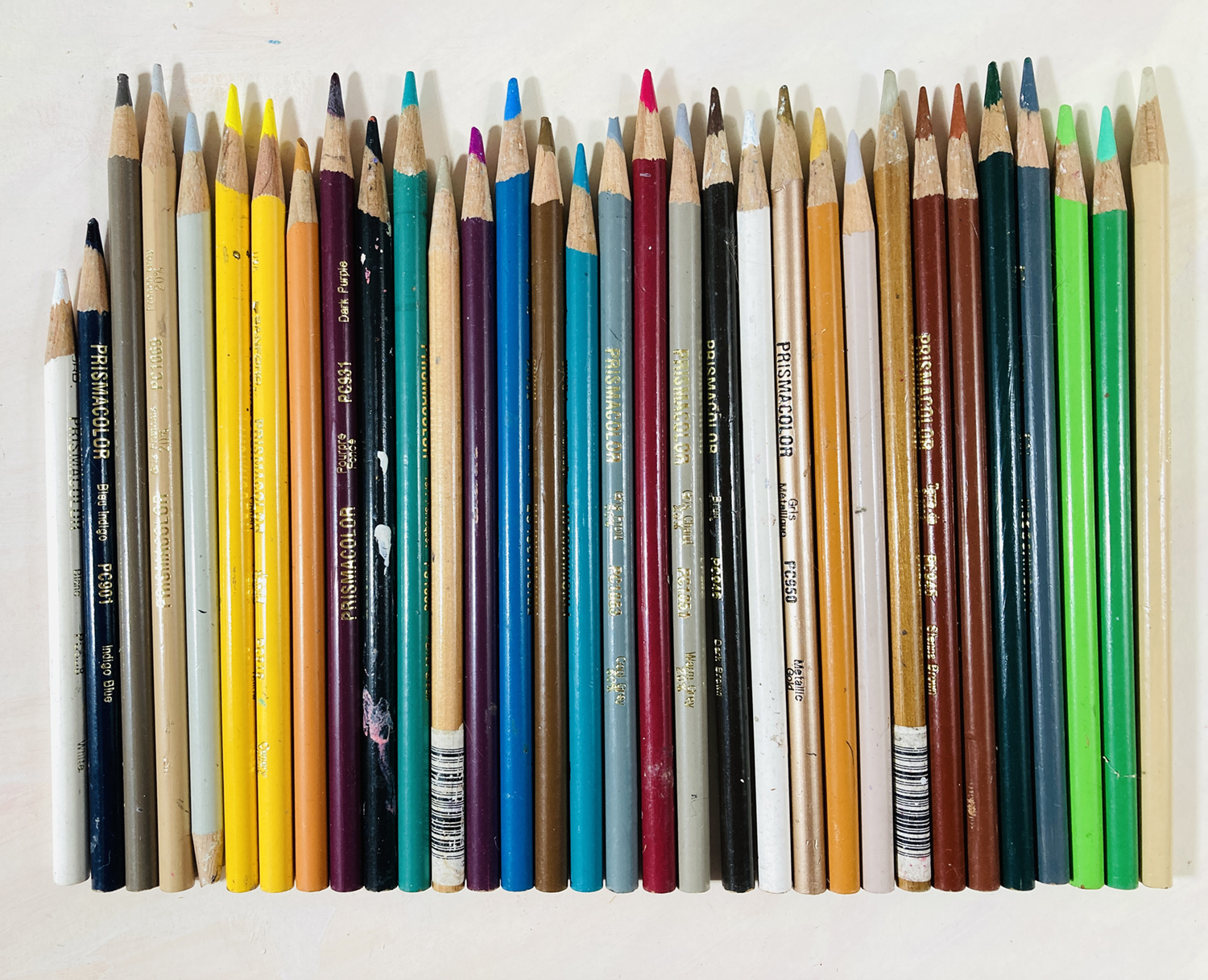
I have a couple items I would add if I was making a “worst art supply” list.
1. Colored pencils. I sold two sets – Sennelier, and Prismacolors on eBay because I didn’t like them. The colors were pale, no matter how hard I pressed down. There didn’t seem to be enough pigment, even on these expensive brands. And, colored pencils aren’t forgiving in the least, so if you make a mistake, you’re sol. I bought an eraser especially for colored pencils, but it didn’t work.
I still use watercolor pencils, but overall, I prefer Stabilos. The colors are richer, and if you use a watercolor brush, they work similar to watercolor pencils. The only issue is you can’t varnish your painting after you’re finished because it will smear, but I use Dorland’s wax as a sealant, and it protects the work from water damage.
2. Speaking of smearing, the last item I’d add to my list of worst art supplies is this varnish, which claims to be “non-smearing”. It’s a lie. I wasted $35 on it a couple months ago, and it smears like crazy. Luckily, I tested it in my art journal before using it on a painting I planned on selling. It was a disaster. Not only was it a smeared mess, but it dried super glossy, and shining – not matte, like it’s supposed to be. It’s also thin & watery. Again, it reminded me of coconut milk. Don’t waste your money.
Well, that was fun. I wanted to see if I agree with their opinions, and for the most part, I do. Hope you have a lovely creative day.
***
I’m posting new artwork every day here in my shop. Shipping is free within the USA, if you purchase art directly from me. I also sell originals & prints on eBay and Etsy. You can get some great deals on my weekly eBay auctions and/or on some of my flash sales I have on Etsy.
As always, if you want to say hello or have any questions you can write me here. I love getting email, and hearing from you.
Other places to find me online.
***
Sign up now to get my blog posts delivered to your inbox for free.
